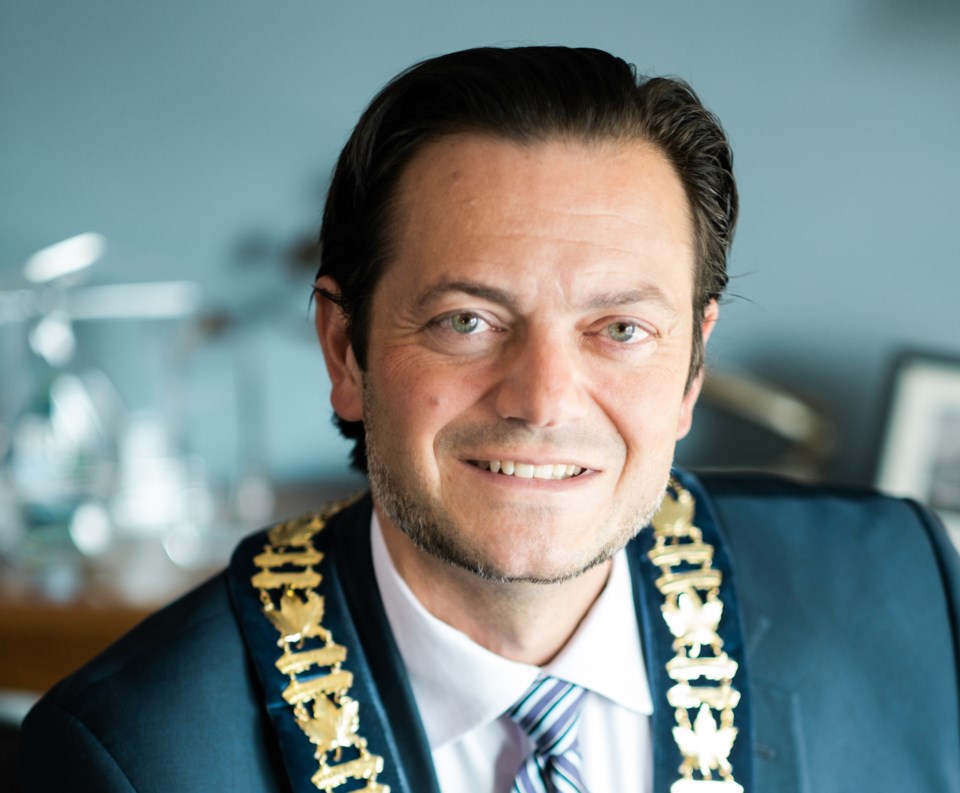Barrie’s growth during the past five years has been under the provincial and national averages, but the next five years may paint a somewhat different picture.
Results from the 2021 Census show that the city of Barrie grew by 4.5 per cent since the 2016 census, to 147,829.
Meanwhile, other Simcoe County communities are ballooning, with New Tecumseth (28.3 per cent), Bradford West Gwillimbury (21.4 per cent) and Wasaga Beach (20.3 per cent) making the top-25 list of municipalities with at least 5,000 inhabitants with the highest rate of population growth between 2016 and 2021. Innisfil also saw a significant population increase of 18.5 per cent to 43,326 people.
With housing starts having doubled in Barrie this past year and more development on the way, including some large apartment and condominium complexes, as well as more land on which to build, Barrie Mayor Jeff Lehman expects the steady growth to tick upward.
Much of the development will be concentrated in the city’s core, an area that has already seen healthy growth, observed Karl Chastko, an analyst with Statistics Canada’s Centre for Demography.
“Despite the pandemic, Barrie’s downtown population grew by 4.5 per cent,” matching the city’s overall growth, he said.
That makes it the 21st most populous downtown in the country and the 32nd most densely populated downtown.
Meanwhile, many of the city’s residents live within a 10-minute drive of the core.
“It’s still a relatively concentrated population compared to other metropolitan areas,” Chastko said.
The attention for Barrie’s downtown has historically been on the commercial sector, but more recently there has been a concentration on developing its population as an urban neighbourhood.
The theatre block is currently under construction with plans for two condo towers unfolding. SmartCentres is developing what Lehman describes as the largest development in the city’s history on Bradford Street with plans for four buildings and about 1,700 residential units, commercial space, a hotel space and public corridors, along with more buildings currently under construction on Dunlop Street.
“The more people that live in the downtown, the more it strengthens the daytime economy and the more it strengthens our case for things like a full-service grocery store and a full range of shops and services,” the mayor said. “People are actually choosing to live downtown more and more.”
Initiatives like Open Air Dunlop with weekend street closures and a festival atmosphere, the redevelopment of the streetscape and Meridian Place and now plans for a permanent market and market district are part of a vision Lehman says will develop the core into a neighbourhood alongside its centres of culture and commerce.
“Those things go together very well,” he said.
Historically, Barrie has had some aggressive growth, attracting the moniker of being the country’s fastest-growing city in the early 1990s. That sometimes came as a detriment when services just couldn’t keep up, resulting in a doctor shortage and portables serving as classrooms, for example.
Lehman said the current slow and steady growth allows for better planning.
“The story of Barrie has always been growth, but I always thought it needed to be smart growth — at a pace that kept our city growing and moving forward, given all the people who wanted to live here, but at the same time that we could keep up with," he said.
Lehman also wanted to see Barrie move away from being a bedroom community with more job opportunities available in the city.
He points to pre-COVID numbers indicating job growth has outpaced growth in the labour force, with Barrie becoming more of an economic sector.
With development now occurring in the south-end land annexed from Innisfil and major urban developments planned including highrises downtown — some of which are already started — Lehman expects the next census in 2026 to show more aggressive growth.
Buildings in the Little Lake area, Bayfield and Hanmer and Yonge and Ashford are currently being completed and occupied.
Meanwhile, occupancy in the annexed land started ramping up last year when housing starts in Barrie doubled.
The additional housing helps to address the city’s housing crisis, Lehman added.
“Growth is at a measured and a reasonable pace, even if it’s a little bit faster than it was the last five years,” he said. “We have been planning for this.”



